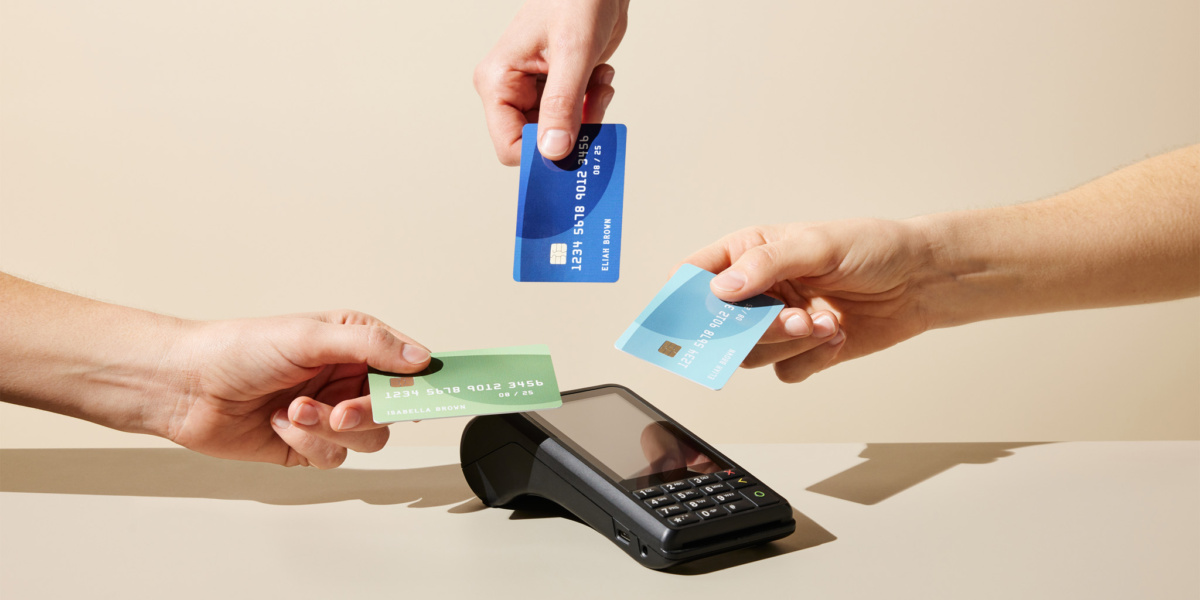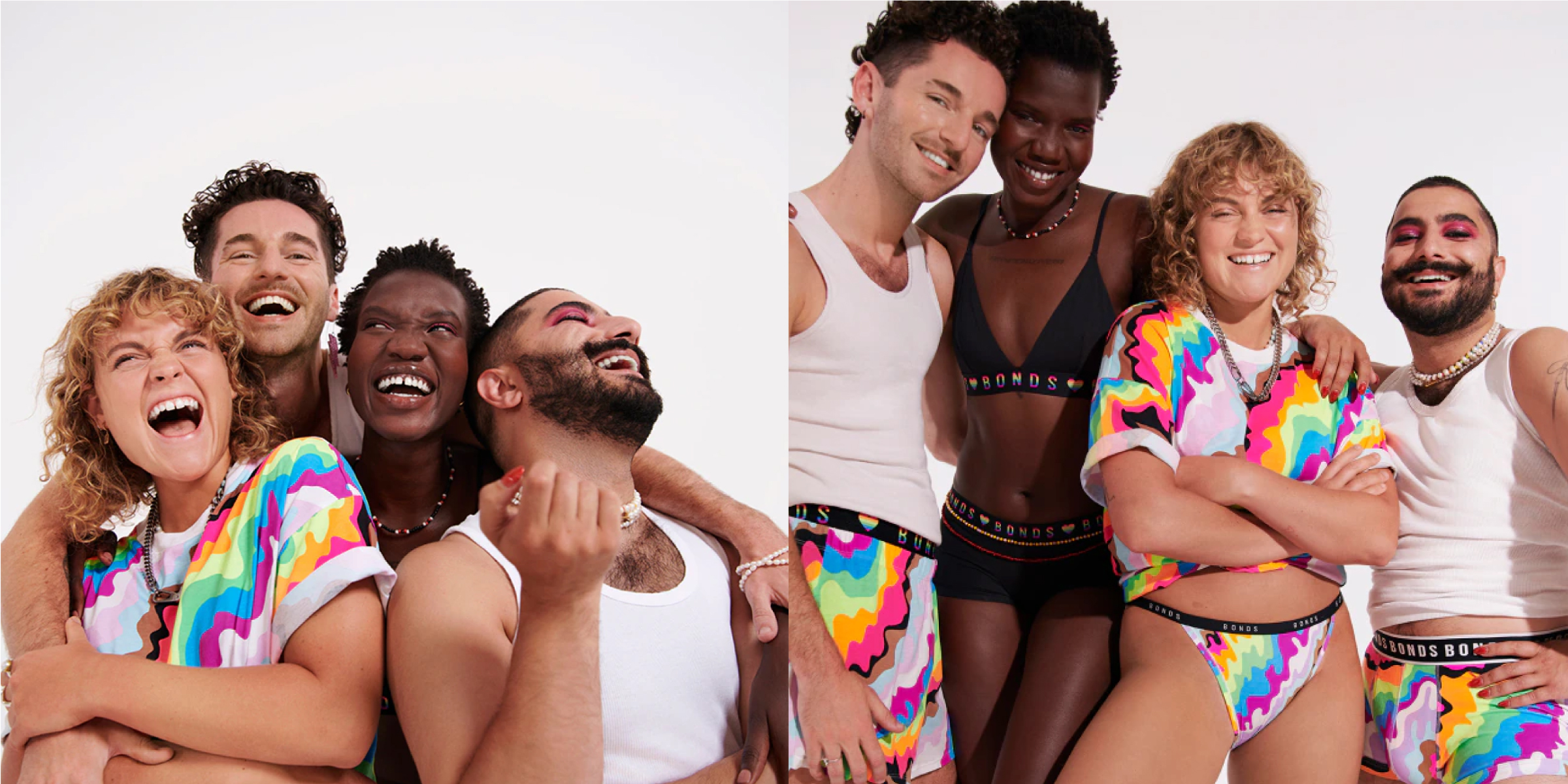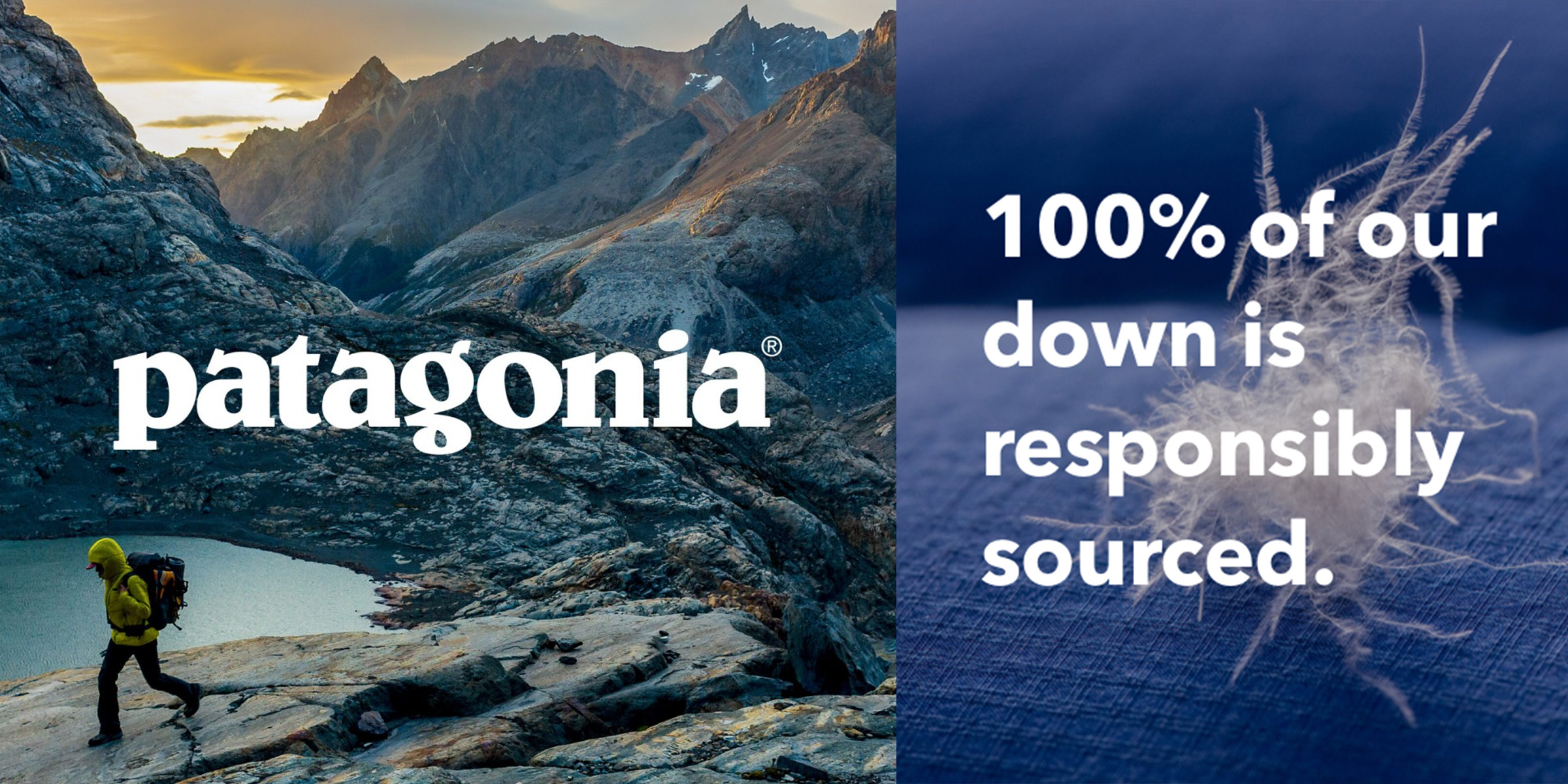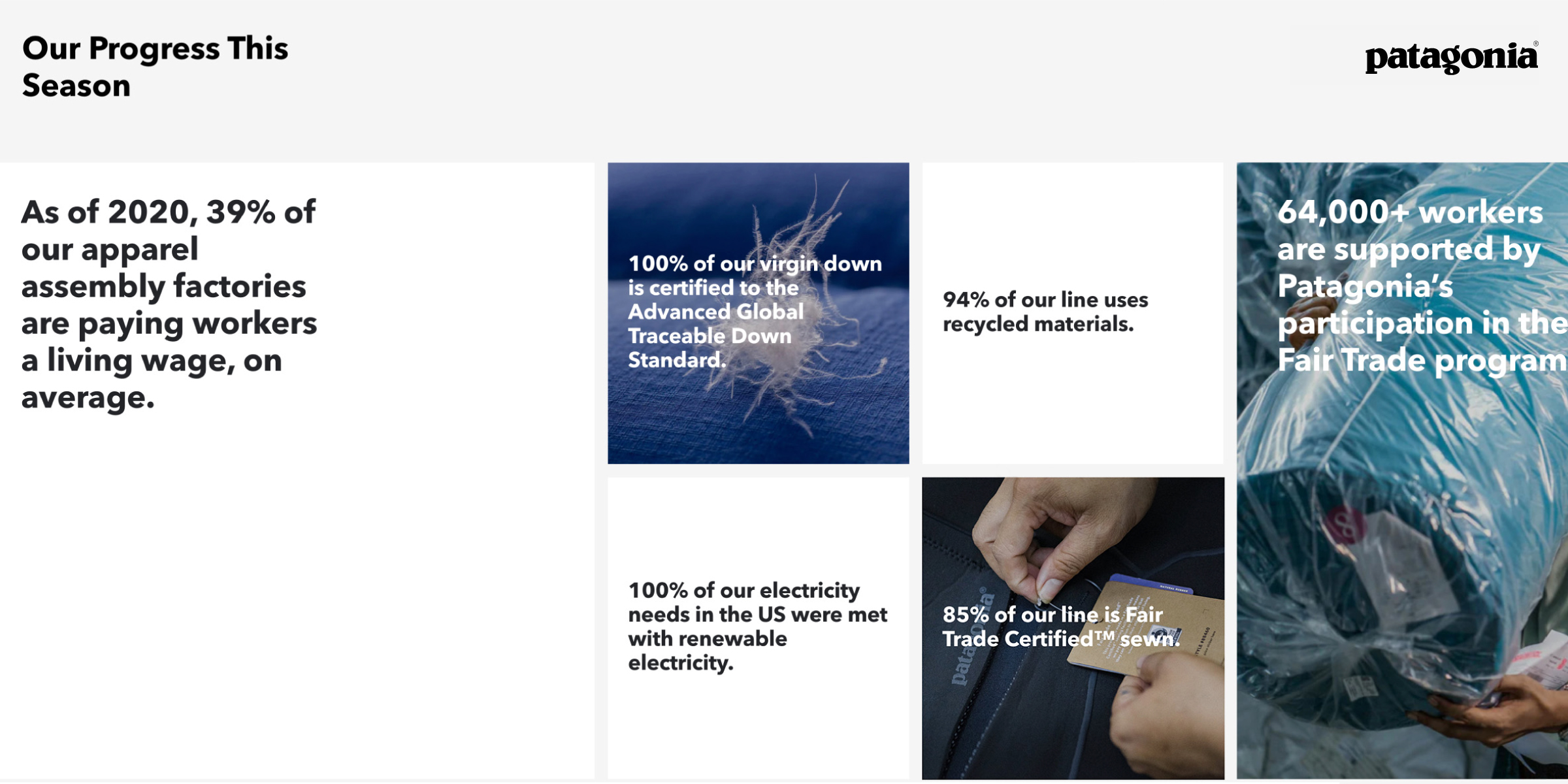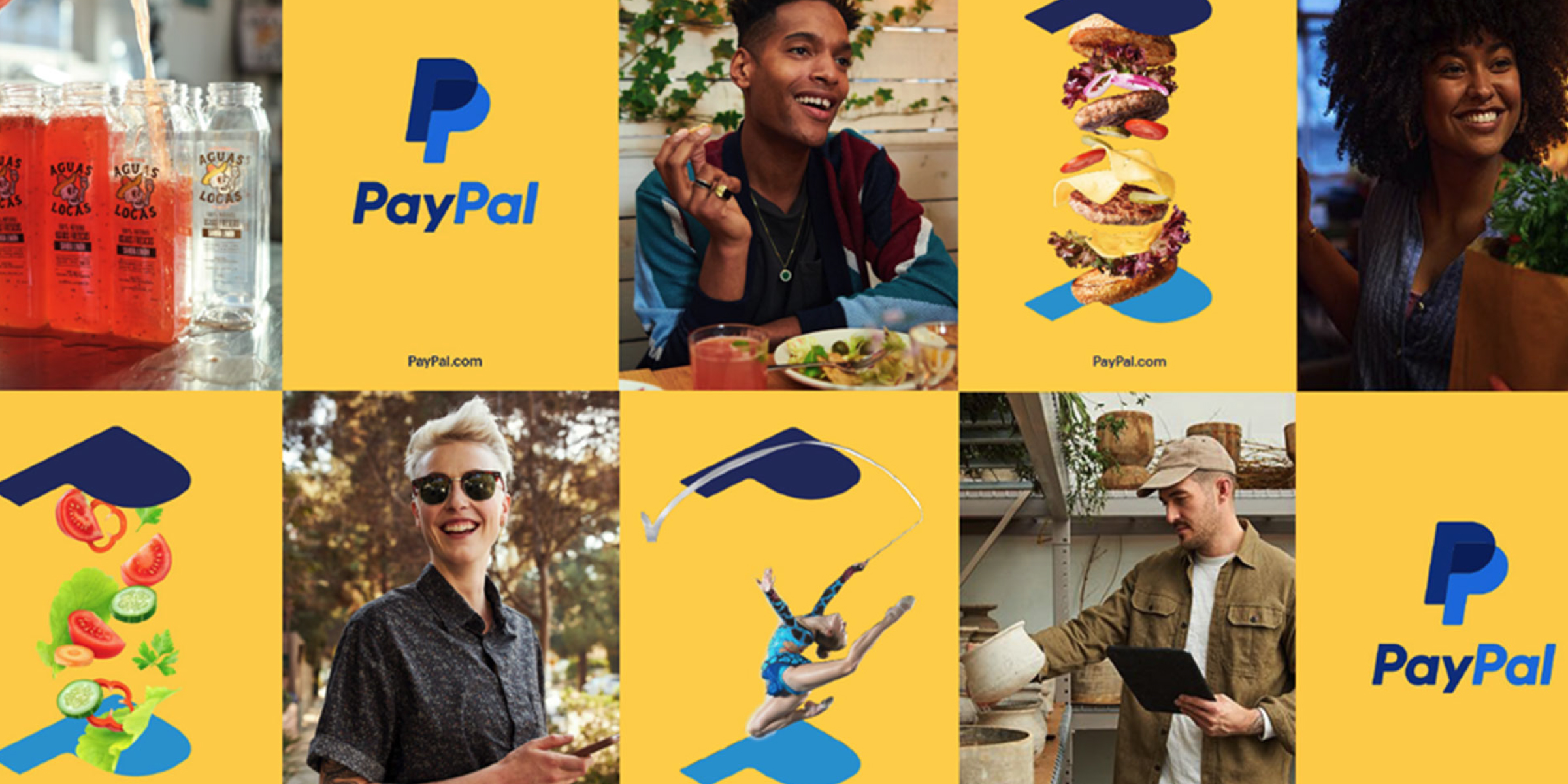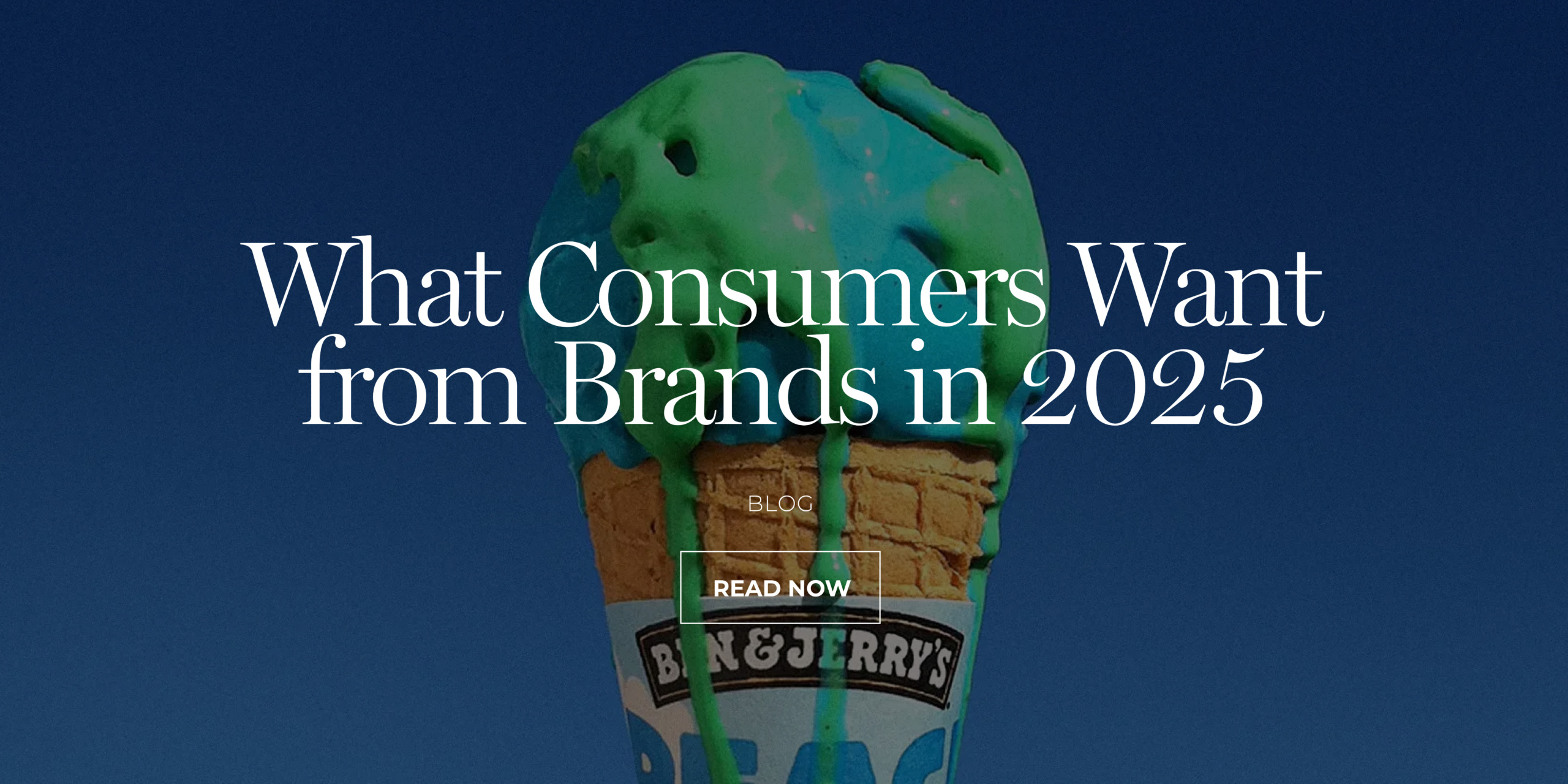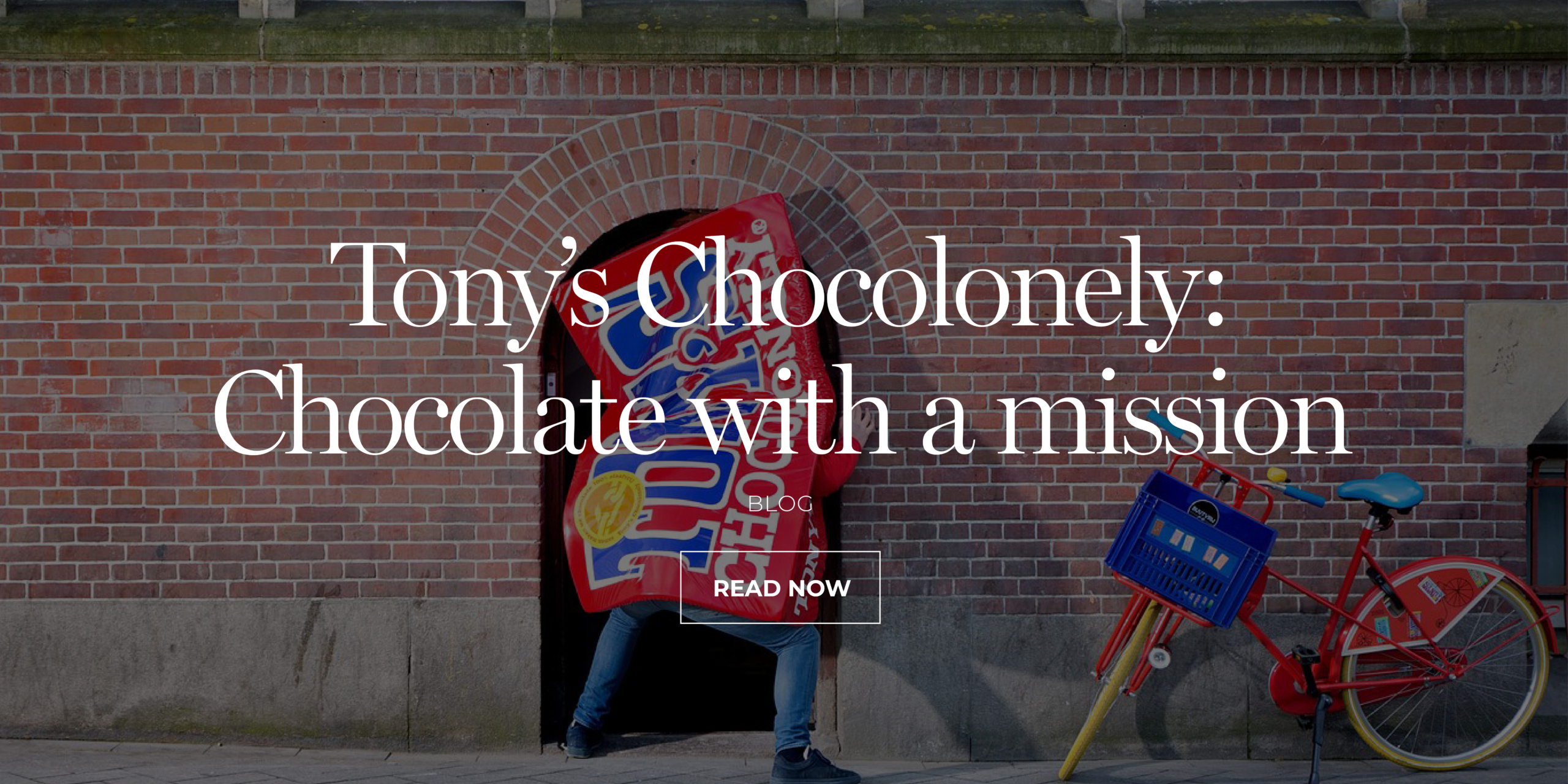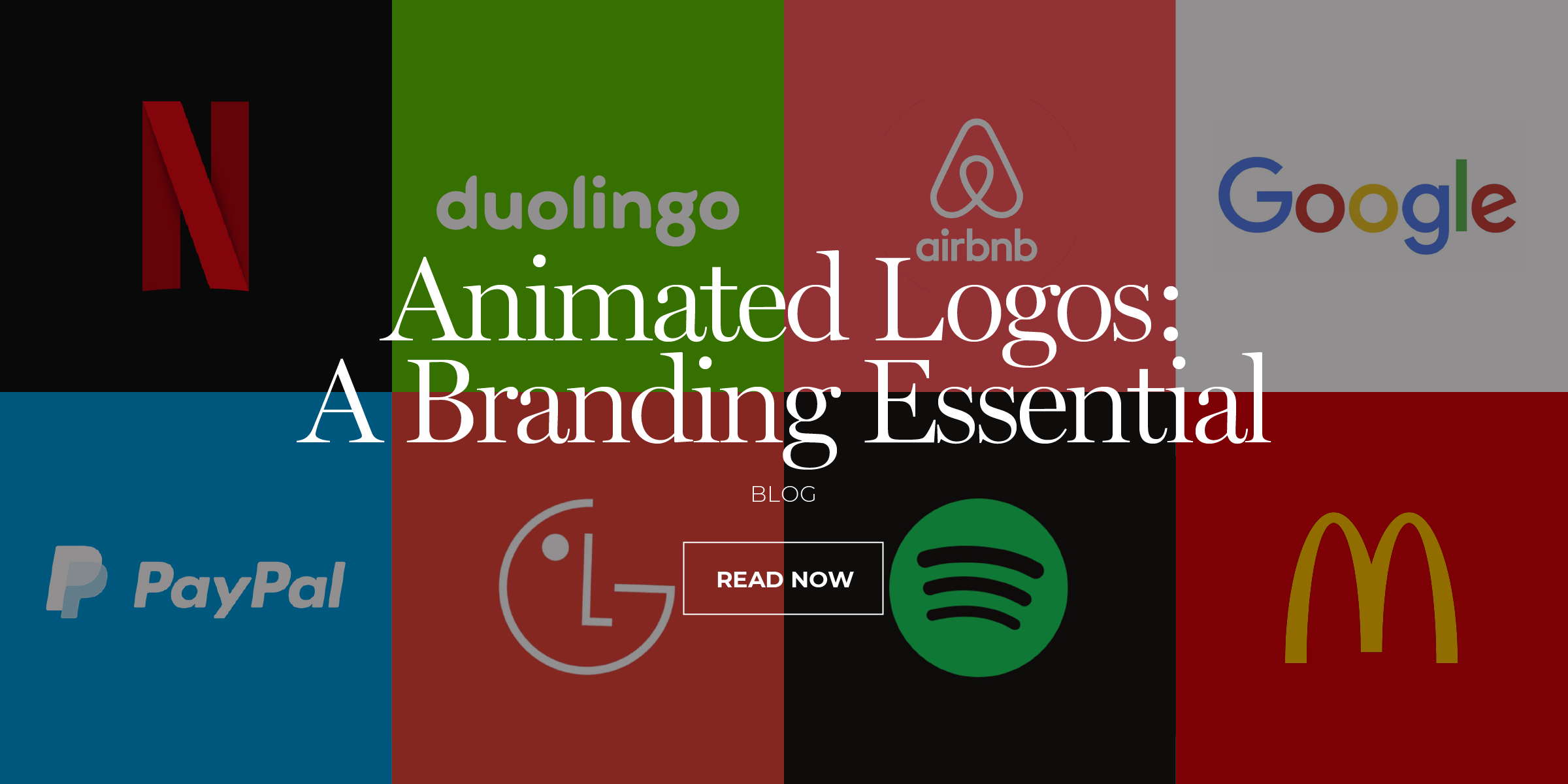With the current world feeling somewhat out of control, consumer behaviour can often be contradictory.
- Consumers are putting their needs first but want to make a more significant impact on the world.
- Their values impact their buying behaviour, but they are still driven by price and value.
- They are feeling self-empowered, but also vocalising that companies are not doing enough.
These inconsistencies might not be new, but they’re increasingly considered normal. Accenture research reveals that 69% of consumers think that paradoxical behaviours are both human and acceptable.
The old playbook is obsolete. Consumer choice has never been higher, and the cost of switching to a new brand has never been lower. How you engage customers next year won’t be the same as you do now. The relevance gap is significant and could be costly if not addressed.
It’s time to get ahead of the curve and respond faster to meet these changing needs.
Consumer research and trends are the backbones of our work at Davidson. Whether you’re an FMCG product, a corporate service, or a retail brand, understanding the cultural shifts that shape global consumer preferences is critical to remaining agile.
We’ve identified the top three trends that consumers want from brands in 2023.
These trends may have originated during the pandemic, but research indicates that they will drive brand loyalty and influence purchase behaviours in the coming year.
A foundation of trust
 Bond’s The UnGENderwear Project
Bond’s The UnGENderwear Project
The economic outlook for most of the world doesn’t look great in 2023. Due to current global chaos, including the pandemic, inflation, extreme weather crises, fake news and data hacks, trust is spiralling and consumers are more sceptical than ever.
94% of consumers said trust becomes even more critical in uncertain times.
That means customers are increasingly looking to brands to do the right thing and build great experiences based on trust.
Wary of being misled and savvier about their choices, they’re also more proactive about scrutinising a brand’s values and ensuring authenticity from the brands they engage with.
With truth-seeking behaviours becoming more of a consumer habit, we see shoppers willing to invest more time and resources to ensure their choices align with their value systems and beliefs. Cancel culture is the consumer weapon to hold them accountable for any claims they make.
When building trust as an organisation, customers are more likely to engage with companies that actively demonstrate good values and prioritise their needs and rights.
Takeaways:
- Adjust your brand’s tone of voice to be transparent, authentic and open.
- Share your brand’s values across your communication channels and explain how, as an organisation, you hold yourself accountable to these.
- Ensure consumers have continuous two-way communication with you, so you can openly address their queries and share supporting information.
Conscious consumption
 Patagonia’s Transparent Approach to Sustainability
Patagonia’s Transparent Approach to Sustainability
The world is increasingly waking up to the fact that the climate disaster will pose a more significant challenge than anything we have experienced in recent decades. It is likely to dwarf the Covid pandemic.
Consumers increasingly align their purchasing decisions with their social and ethical values.
They are selecting businesses with the right environmental and social credentials. The buying trends are increasingly driven by consumers’ consciousness, primarily around ecological impact and community welfare.
A circular economy is projected to emerge, meaning that sustainability and societal issues across the value chains will continue to draw attention and change how brands operate.
In 2023, companies must ensure that their environmental, social, and governance (ESG) processes are moved to the centre of their strategy. This should start with measuring the impact any business is having on society and the environment and then move to increase transparency, reporting, and accountability.
Sustainability issues will also lead to a greater focus on packaging as consumers become increasingly aware of the environmental footprint associated with their consumption patterns.
Takeaways:
- Proactively be transparent about every step of your value chain, including sourcing, production, packaging and corporate sustainability policies.
- Share your ESG plan across your communication channels and ensure it is written in a transparent and informative manner.
- Keep consumers updated on changes you make to your business and the positive impact they make.
Immerse me
 Hugo Boss’ Virtual Dressing Room
Hugo Boss’ Virtual Dressing Room
In 2023, customers crave experience. Price point, value and quality still play an essential role. The consumer’s experience is the new fourth criterion that brands need to consider, from choosing a brand and purchasing to enjoying the product and sharing feedback on their experience.
Consumers are looking for brand experiences to be immersive and interactive.
Experiential marketing provides consumers with sensory, emotional, cognitive, and rational values. It creates synergies that improve loyalty (Forbes, 2018).
The metaverse – something of a catch-all term used by Facebook to describe the “next level” of the internet, where we interact with brands and fellow consumers through immersive technology. This is where this consumer experience will play out in 2023.
This trend will impact online and offline retail, blending virtual and in-person brand experiences.
Think of online shops where we can browse and try on virtual clothes, jewellery and accessories. Or we might use virtual dressing rooms to dress up avatars of ourselves – as pioneered by Hugo Boss – or it could involve AR, as used by Walmart, to see how clothes will fit on our bodies.
The trend towards experience is so strong that brands like Adobe and Adweek have appointed Chief Experience Officers (CXO) to ensure that it is a foundational element of brand strategy.
Takeaways:
- Consider how you can generate audience participation offline, online, and in diverse settings.
- For online brands, consider how you can introduce more live in-person events (demos, pop-ups or brand installations) where people get to better understand your products and offerings.
- For offline brands, partner with direct-to-consumer online brands to create greater online exposure to new audiences and use video as an audio and visual experience.
Photographic branding
 Paypal’s “People First” Photography Campaign
Paypal’s “People First” Photography Campaign
Illustration has enjoyed a massive resurgence in recent years. Still, in the branding sector, it faces stiff competition from photography, which will be used to give brand identities an immersive and human quality in 2023.
A case in point is PayPal’s choice to refresh its branding with ‘people first’ photo-centric campaign imagery.
In 2023 branding trends will steer towards photography as a more tangible and immediate medium and one that translates seamlessly to motion video for ad campaigns and social media.
Furthermore, photography is a fantastic medium to express diversity and inclusion. With the world becoming increasingly diverse, brands must reflect this in their communications. We will see more designs featuring people of all backgrounds and cultures and more awareness campaigns to promote diversity.
Consumers are increasingly looking for authenticity in what they’re presented with. This has meant that they’re increasingly shying away from any photographs that have been manipulated in any way, especially in a prominent manner.
Takeaways:
- Photography drives engagement. By investing in on-trend, quality brand photography, you take advantage of the rapidly-growing visual.
- Use photography to express the diversity of your audience.
- Avoid over-editing; instead, celebrate imperfections and embrace naturalism. Clean, minimal editing reflects sincerity and transparency.
NEED HELP?
If you need help creating a brand that pushes creative boundaries and inspires change, we’d like to offer you a complimentary strategy call with our Managing Director and Head of Strategy, Grant Davidson. Having nearly 30 years of industry experience working with groundbreaking brands, Grant has the experience and knowledge necessary to identify your core brand strategy and communicate it effectively.
